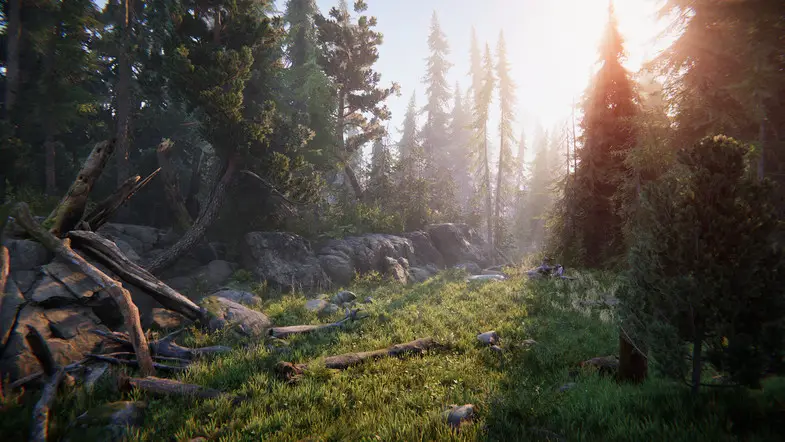Unity3D is a powerful game engine that allows developers to create immersive and engaging games and applications for a variety of platforms. However, creating a high-performance game or application in Unity3D can be challenging, especially when dealing with complex 3D scenes and large amounts of data. In this article, we will explore advanced techniques in performance optimization in Unity3D that can help developers achieve smooth and responsive experiences for their users.
- Object Pooling
Object pooling is a technique that involves creating a pool of objects that can be reused instead of constantly creating and destroying them. This can significantly reduce the number of memory allocations and deallocations, which can improve performance. Object pooling is especially useful for frequently spawned objects, such as bullets or enemies. - Dynamic Batching
Dynamic batching is a technique that combines multiple small meshes into a single large mesh at runtime. This can improve performance by reducing the number of draw calls and state changes required to render a scene. Dynamic batching is especially useful for scenes with many small objects that share the same material. - Occlusion Culling
Occlusion culling is a technique that involves hiding objects that are not visible to the camera. This can significantly reduce the number of objects that need to be rendered, which can improve performance. Occlusion culling is especially useful for large and complex scenes, where many objects are not visible to the camera. - Level of Detail (LOD)
Level of Detail (LOD) is a technique that involves using multiple versions of an object, each with varying levels of detail. As the object moves further away from the camera, lower detailed versions are used, which can significantly reduce the number of vertices that need to be rendered. LOD is especially useful for scenes with many complex objects that are far away from the camera. - Texture Atlas
Texture atlas is a technique that involves combining multiple textures into a single large texture. This can reduce the number of texture swaps required, which can improve performance. Texture atlas is especially useful for scenes with many small objects that share the same texture. - Script Optimization
Script optimization involves optimizing the code that runs in the game or application. This can include optimizing loops, reducing the number of function calls, and minimizing the use of expensive operations. Script optimization is especially important for complex games or applications that require a lot of processing power.
Conclusion
Performance optimization is a critical part of game and application development in Unity3D. By using advanced techniques such as object pooling, dynamic batching, occlusion culling, LOD, texture atlas, and script optimization, developers can create smooth and responsive experiences for their users. While these techniques may require additional effort and planning, they can significantly improve the performance of a game or application, making it more enjoyable for users.

